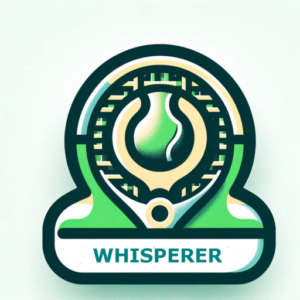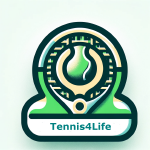Returning to Tennis After the Flu
Returning to Tennis After the Flu
A Stage-by-Stage Path Back to Match Readiness
Flu doesn’t just take you out for a week — it pushes your whole system through a cycle of exhaustion, repair, and gradual recovery. Muscles weaken, stamina drops, and concentration lags. Even when the fever is gone, the effects linger, and pushing too hard too soon risks setbacks or relapse.
Think of recovery as moving through stages, not just waiting out a calendar. Each stage has its own goals and challenges, and your body — not the clock — decides when you’re ready to move on.
Stage 1 – Reset & Rebuild Base
What’s happening: The illness has drained your energy, left muscles stiff, and slowed reaction times. You’re essentially running on empty.
Focus: Gentle reconditioning. Restore circulation, mobility, and breathing capacity without spiking fatigue.
Examples:
-
Light stretching and mobility work.
-
Breathing drills to expand lung capacity.
-
Easy walking, bike, or light elliptical.
-
Core activation and basic balance drills.
Why it matters: This stage restarts the system. You’re not training — you’re giving your body the tools to heal.
Stage 2 – Restore Rhythm & Coordination
What’s happening: Inflammation is easing, but your body still feels heavy and your focus is inconsistent.
Focus: Rebuild timing and coordination with moderate-intensity work.
Examples:
-
Mini-tennis and shadow swings to restore ball feel.
-
Light feeding drills for rhythm.
-
Jog-walk cardio or half-speed bike rides.
-
Shoulder stability work with resistance bands.
Why it matters: Flu blunts neuromuscular sharpness. Restoring rhythm early prevents bad habits and gets your “feel” back.
Stage 3 – Build Capacity & Confidence
What’s happening: The illness is gone, but you’re weaker, your stamina is lower, and confidence may be shaky.
Focus: Increase endurance and tennis-specific workload — but don’t exceed 70% effort.
Examples:
-
Baseline rallies at controlled pace.
-
Short sets or point play at reduced intensity.
-
Light serving (small volume only).
-
Interval cardio and core circuits.
Why it matters: Your lungs and legs need to handle rallies again. Gradual increases restore both capacity and belief in your game.
Stage 4 – Match Readiness
What’s happening: Energy is steadier, muscles are waking up, and your movement feels more natural. But mental clarity and motivation may still lag.
Focus: Reintegrate full match play progressively.
Examples:
-
Practice sets at moderate-to-full intensity.
-
Serve plus first-ball drills.
-
Transition work (approaches, net play).
-
High-intensity intervals and light strength maintenance.
Why it matters: This stage bridges training and competition. By simulating match situations, you sharpen decision-making and test your readiness under realistic demands.
Key Guidelines
-
Listen to your body: If recovery feels slow, back off. That’s a signal, not a weakness.
-
Respect the timeline: Your body is smarter than you at deciding when to move forward.
-
Hydrate and refuel: Nutrition, sleep, and hydration are as important as drills.
-
Don’t compare: Progress may take two to three times the length of the illness.
-
Consistency > intensity: Small, steady steps prevent relapse.
Wrap
Coming back from flu isn’t about waiting for a date on the calendar — it’s about respecting the stages your body goes through. Move from gentle reset, to rhythm, to capacity, and finally match play.
If you let your body lead, you’ll not only return healthy, but also sharper and more resilient on court.



